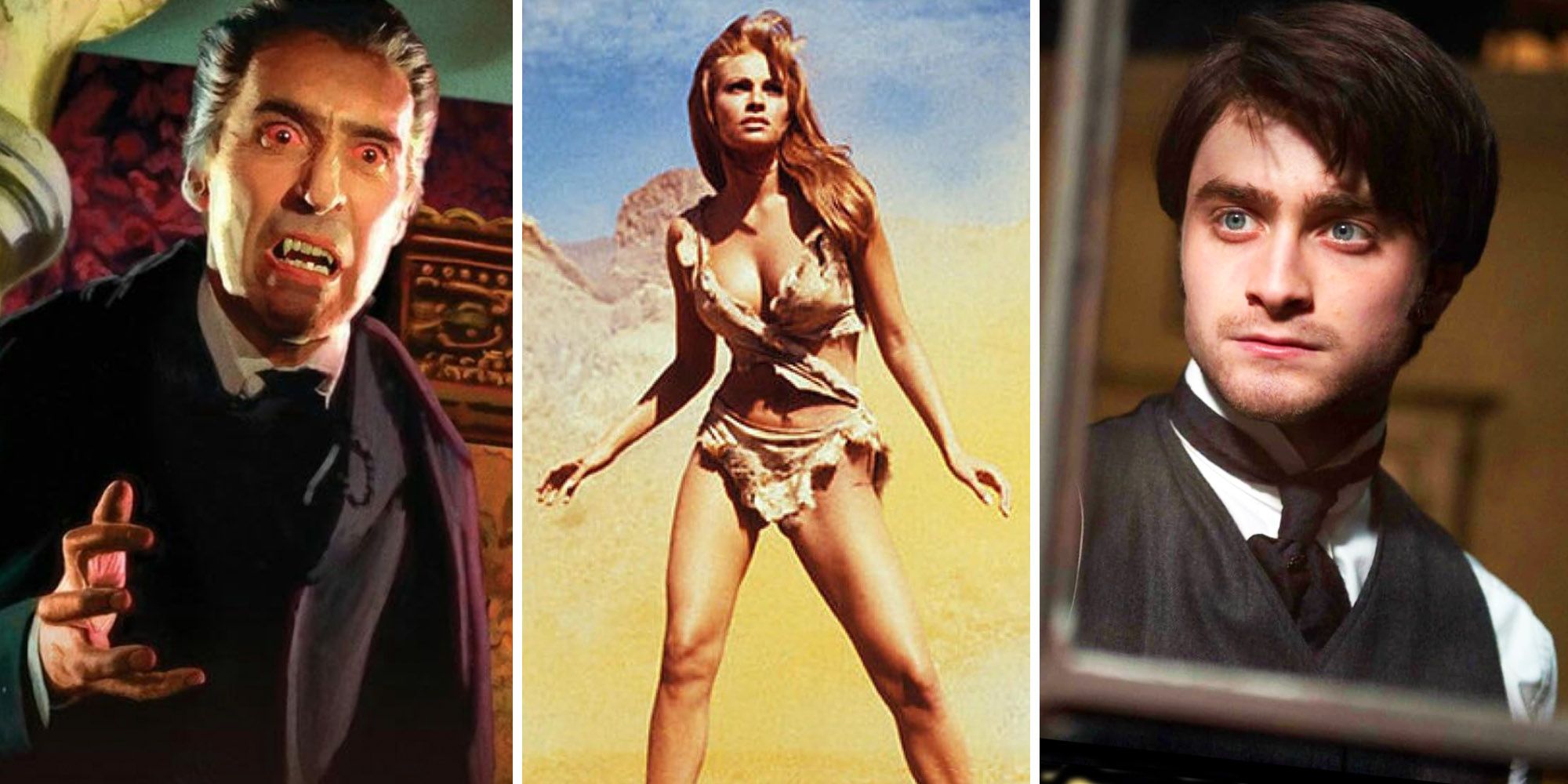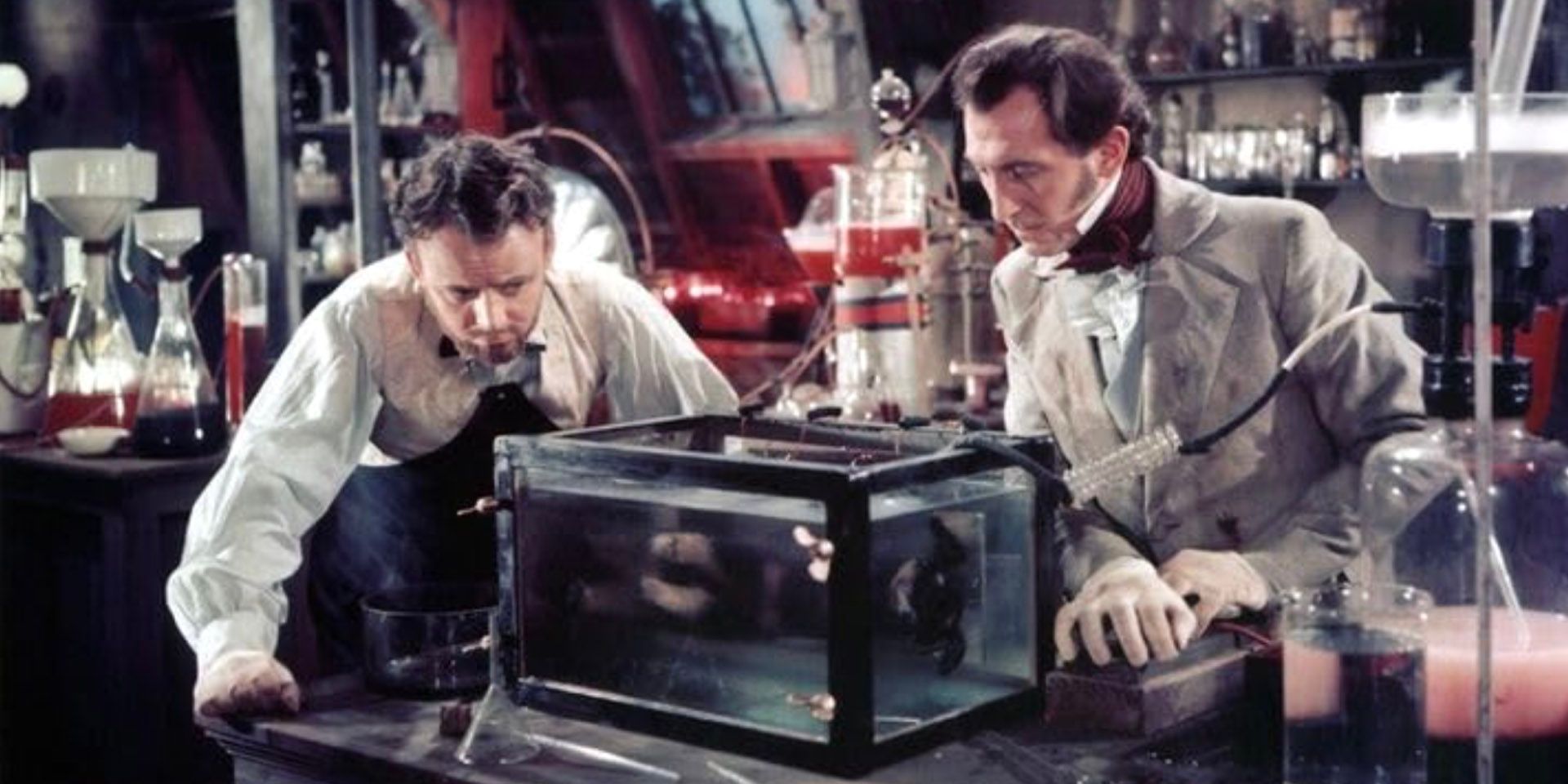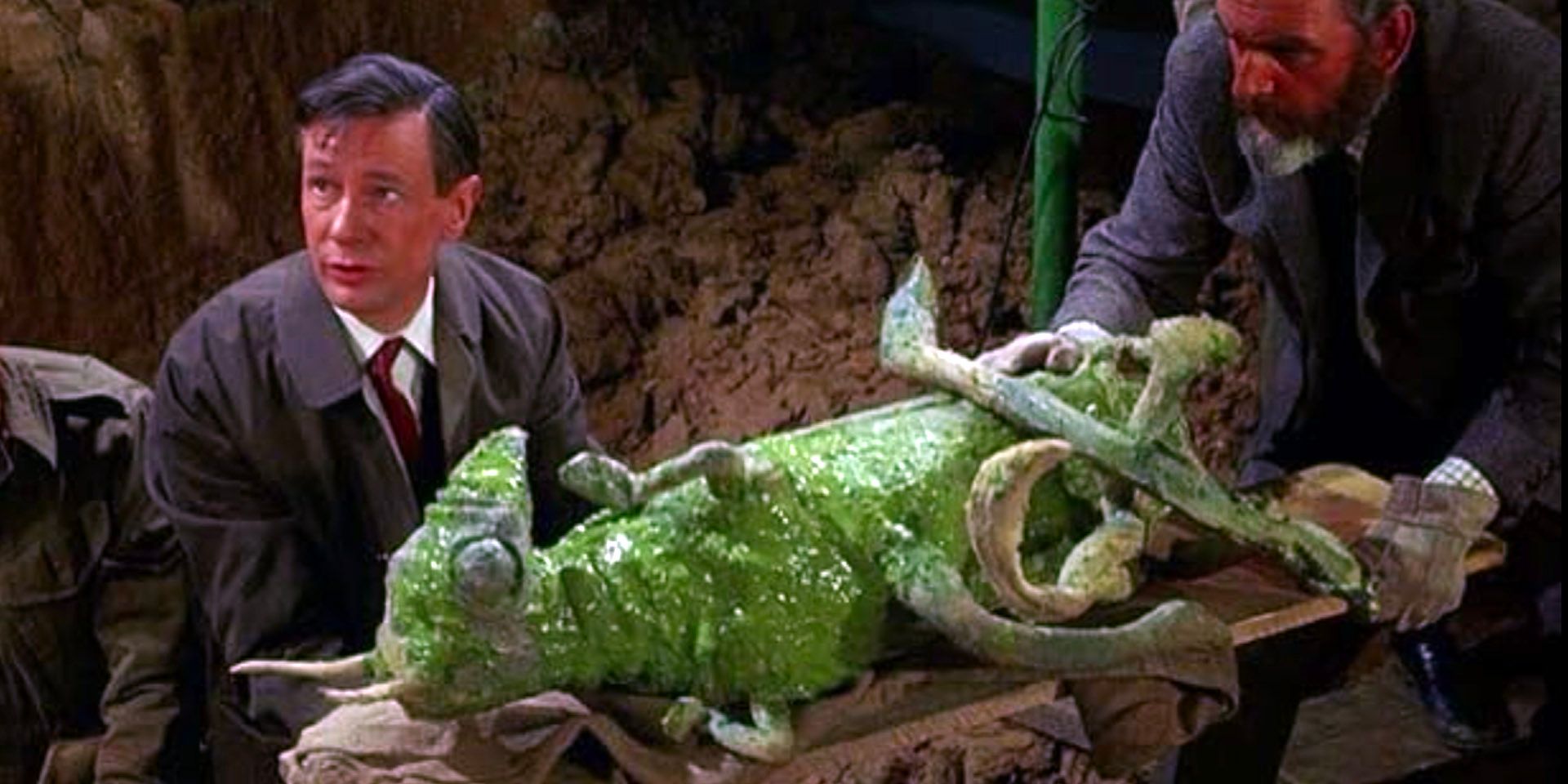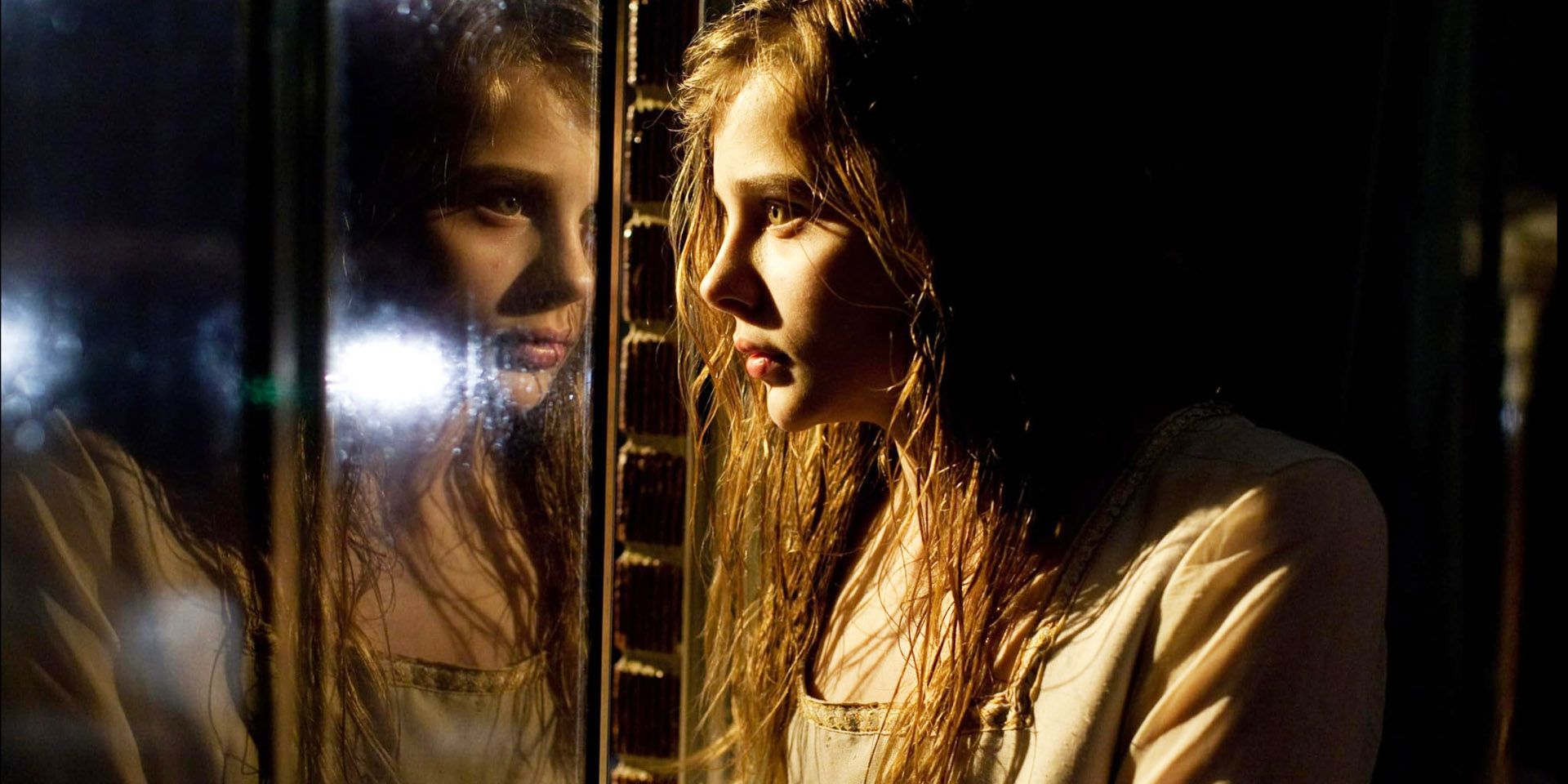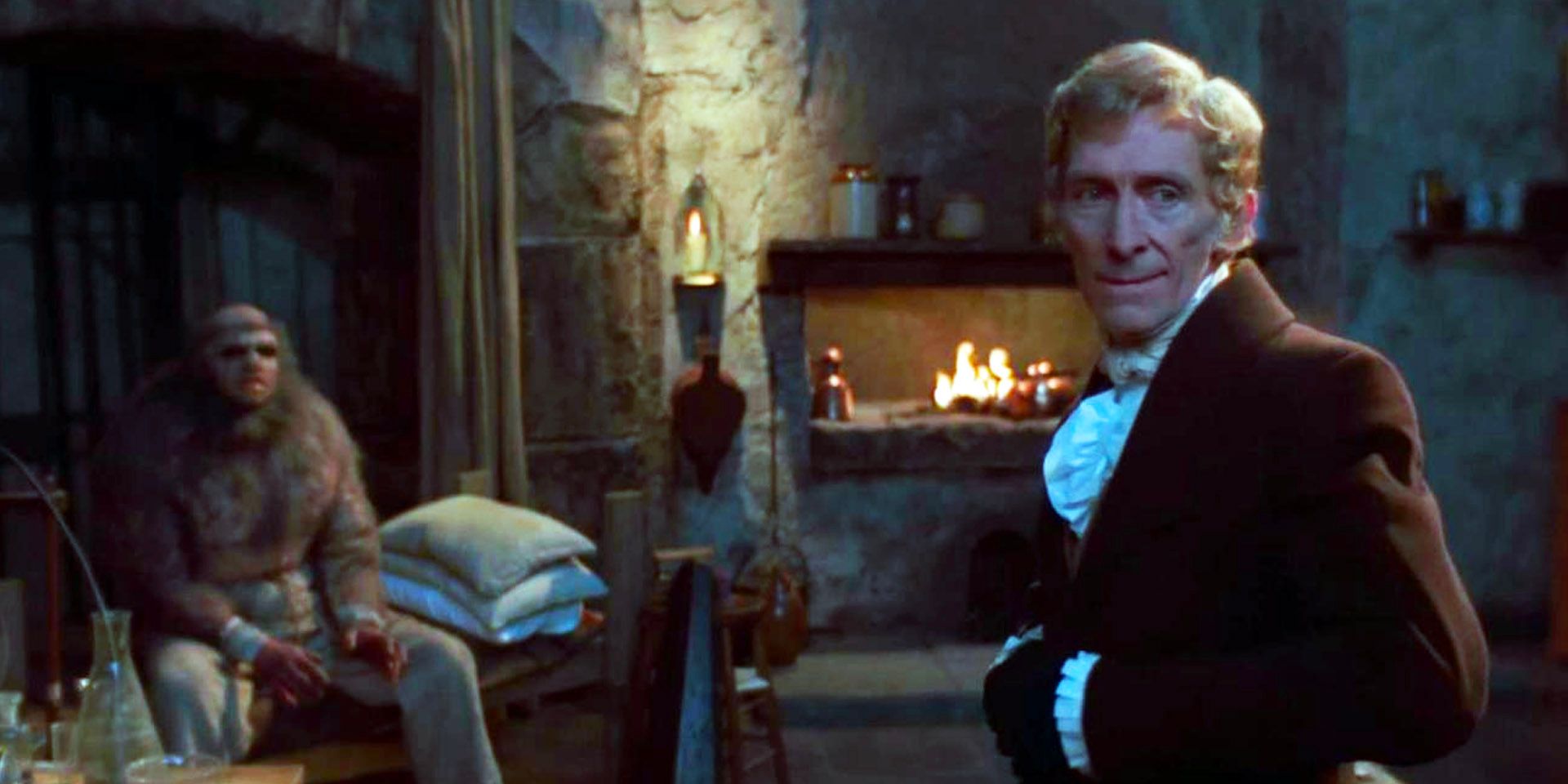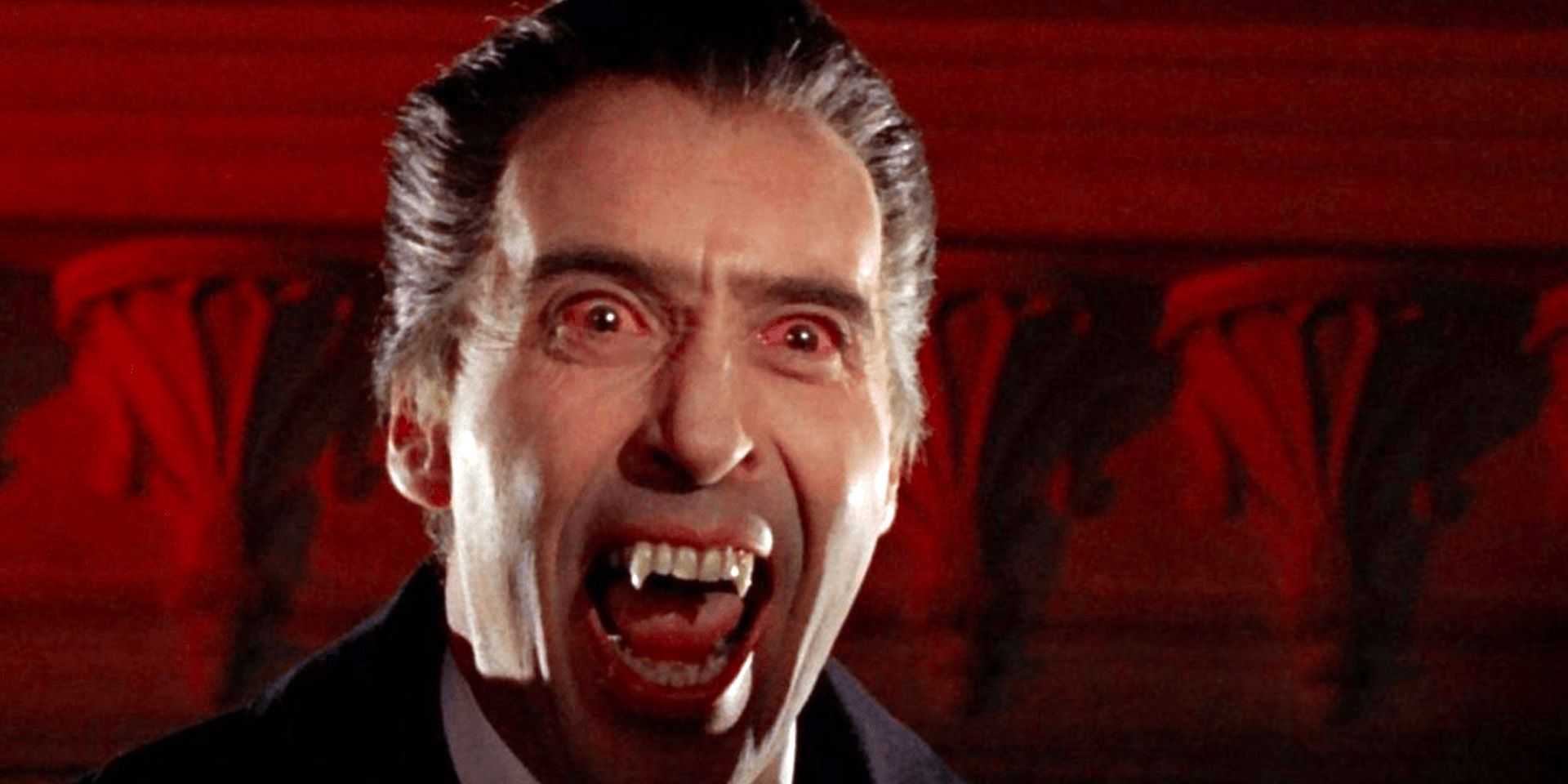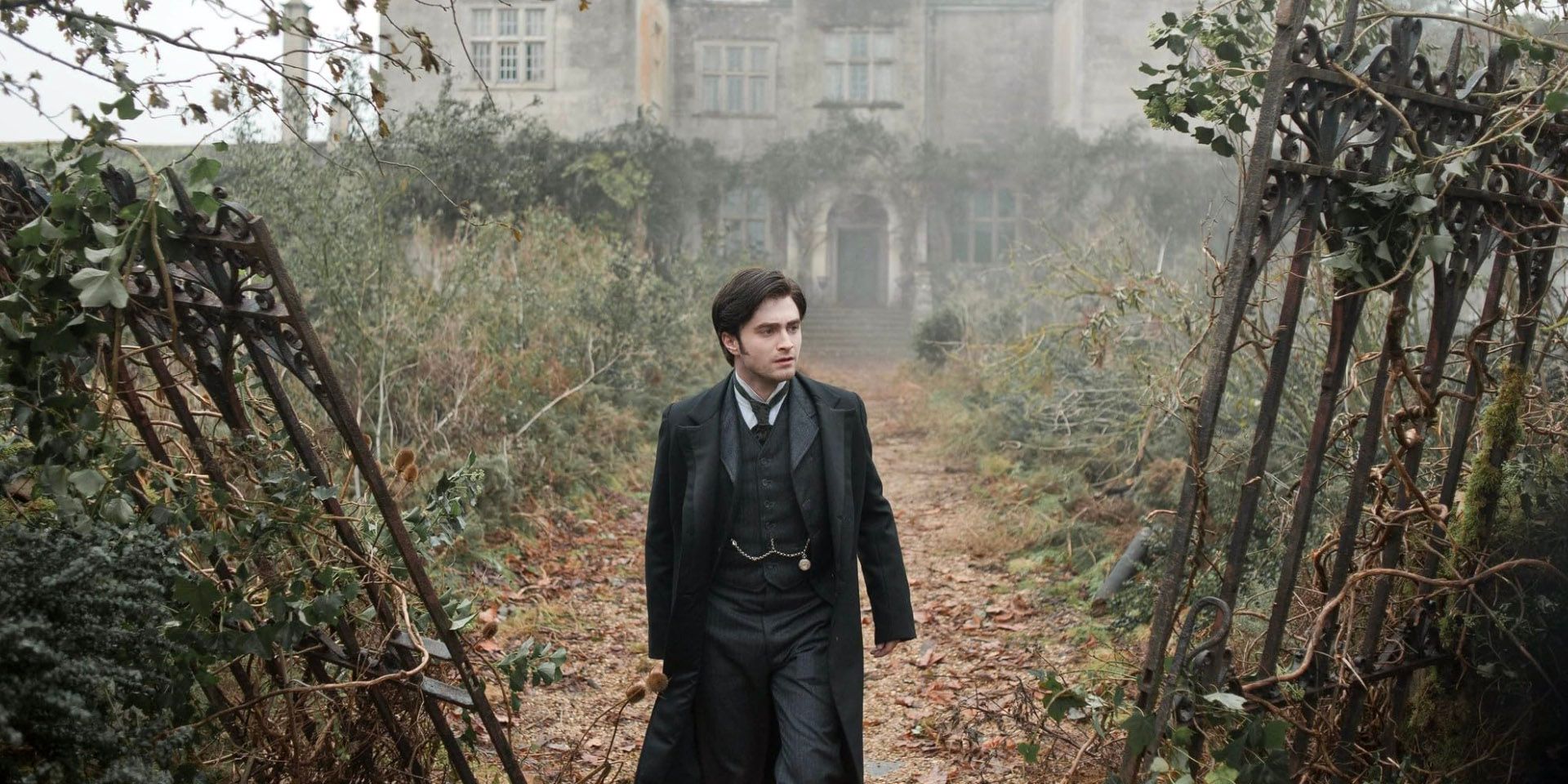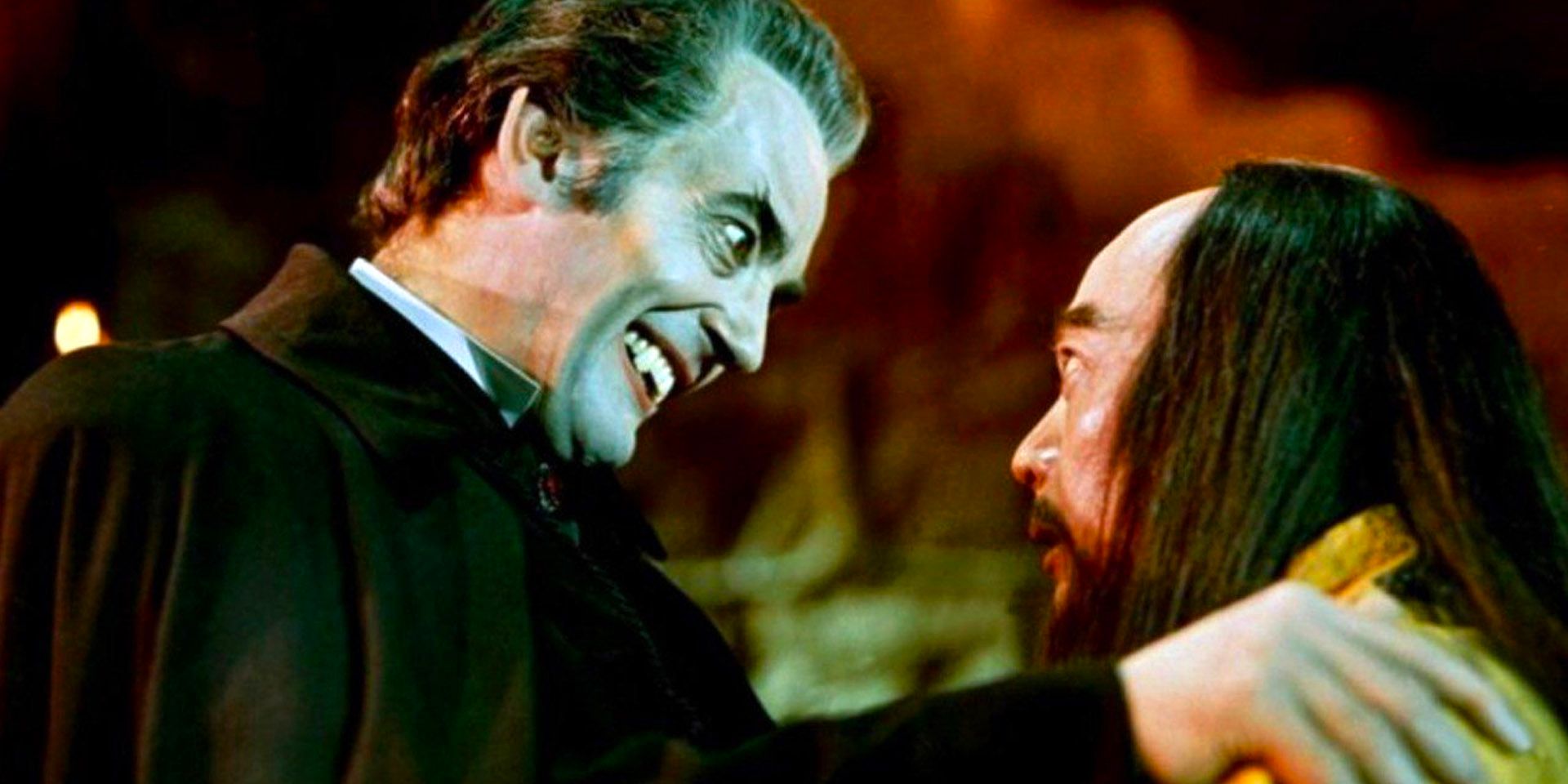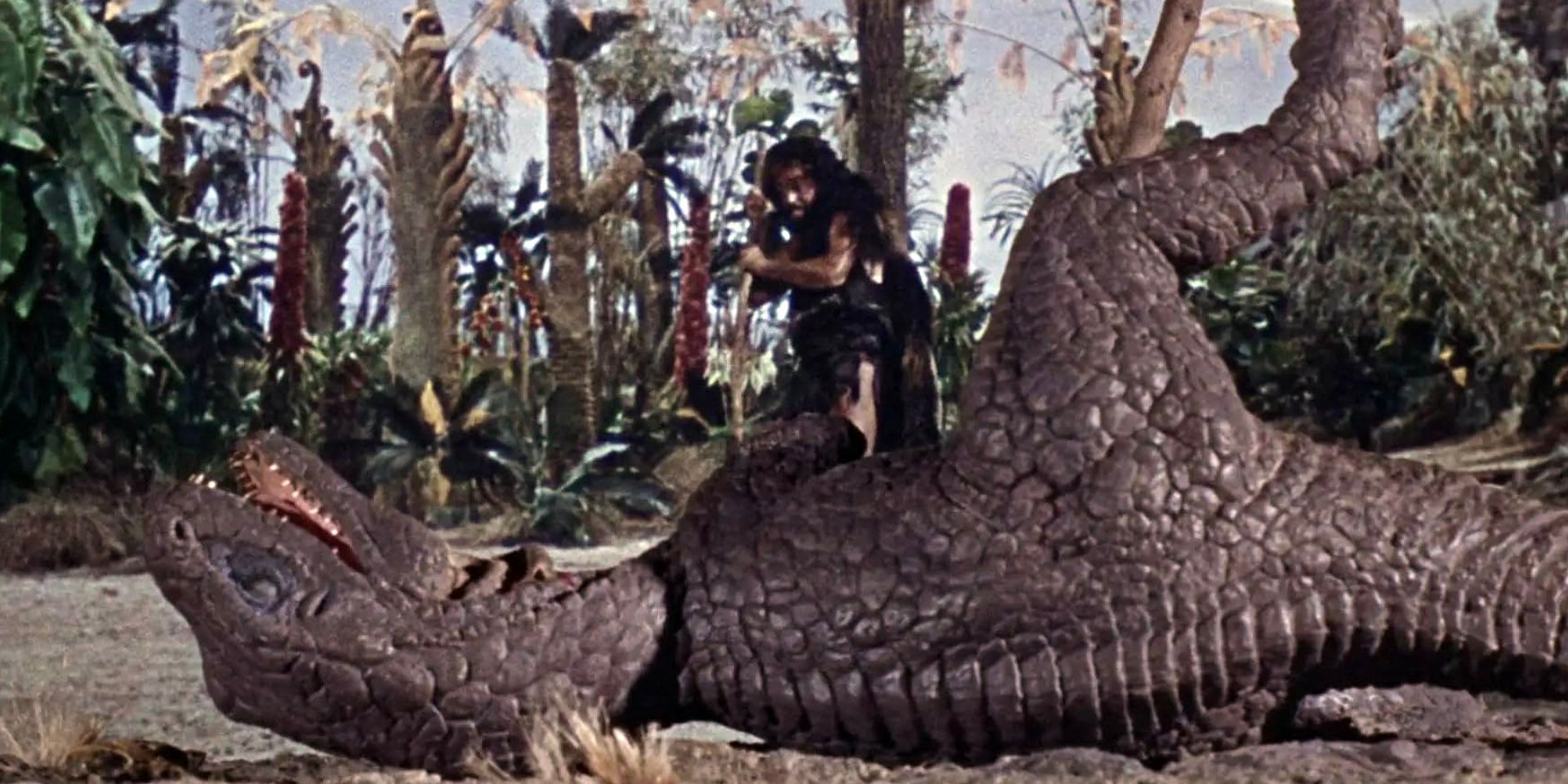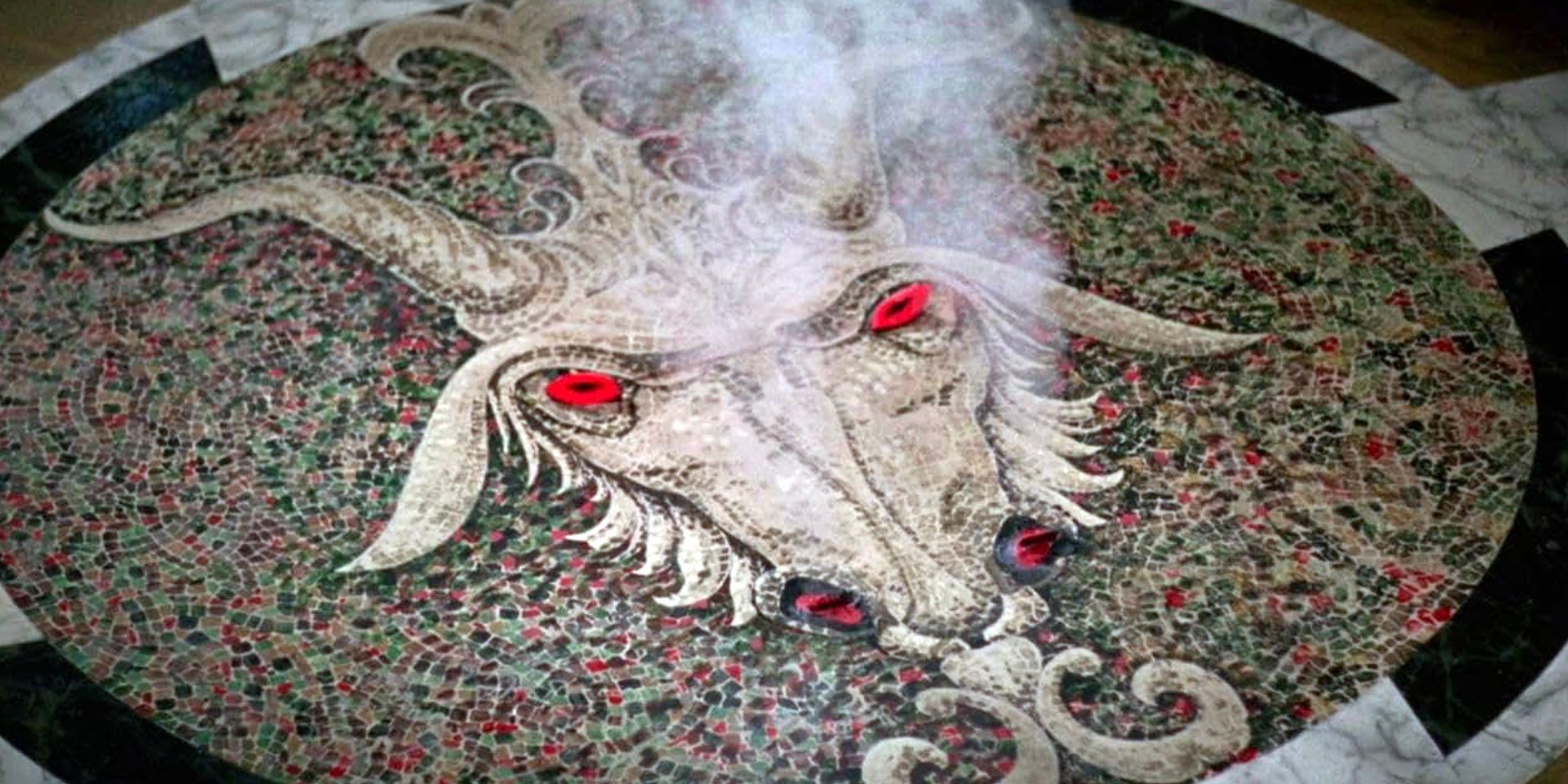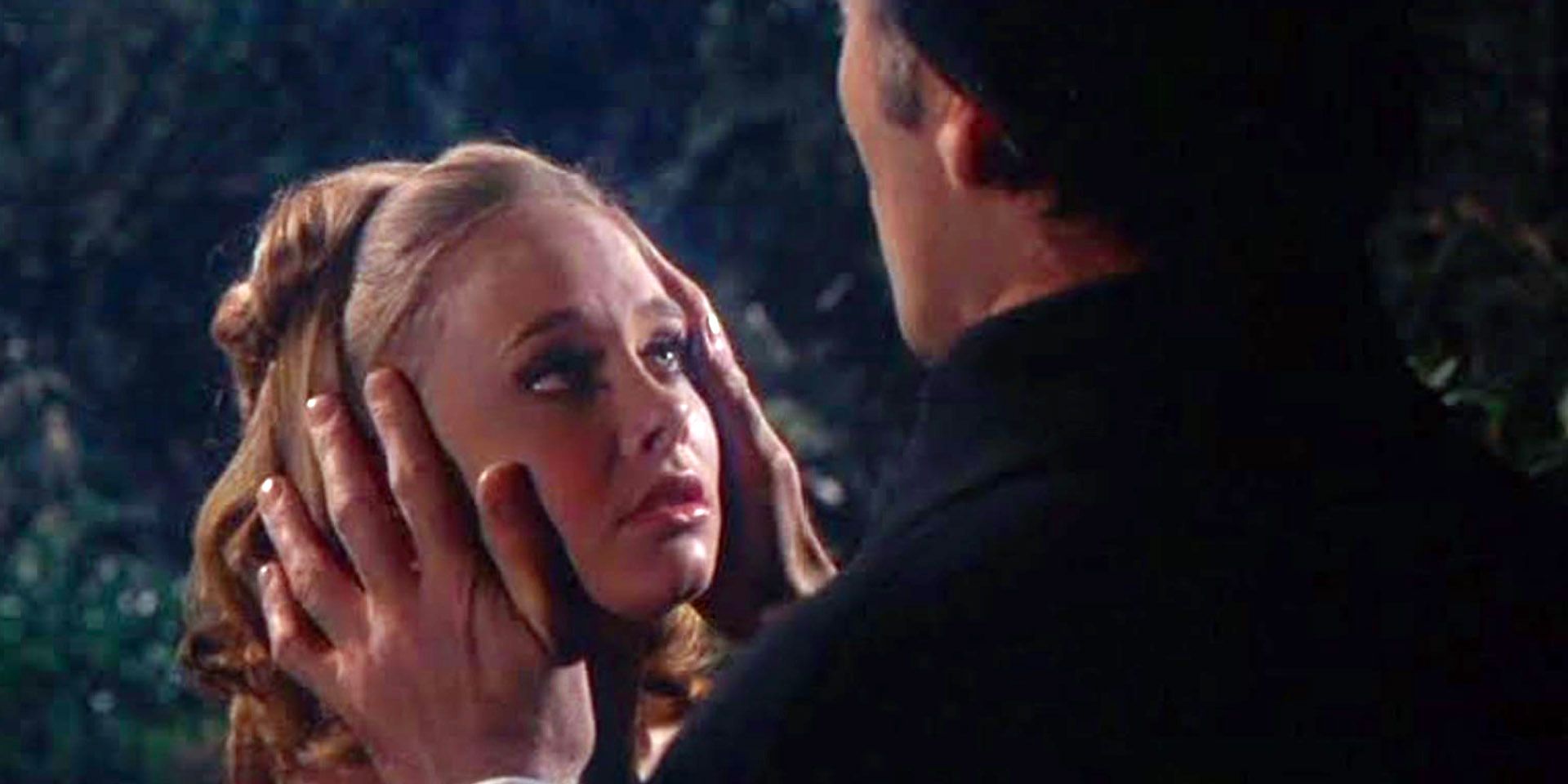Highlights
- Hammer Studios carved out a special place in cinematic horror with its gothic adaptations of classic stories.
- The Curse of Frankenstein established Hammer's horror brand and focused on the creator rather than the monster.
- Hammer's revival in the early 21st century reminded everyone of its name in classic and new opportunities in horror and other genres.
Hammer is a legendary British production company and has carved out a special place in cinematic horror. Founded in 1934, Hammer’s early years saw it produce spy, thriller, and historical movies. But in the 1950s and the 1960s, the studio made its name for itself with gothic adaptations of classic stories that have stood the test of time. Just as Hammer seized the baton from the Universal monster movies that had previously dominated horror, Hammer’s style of gothic menace had a shelf life. Its heyday couldn’t survive the mid-1970s when The Exorcist heralded a new era of horror far removed from vampires staked in candle-lit crypts.
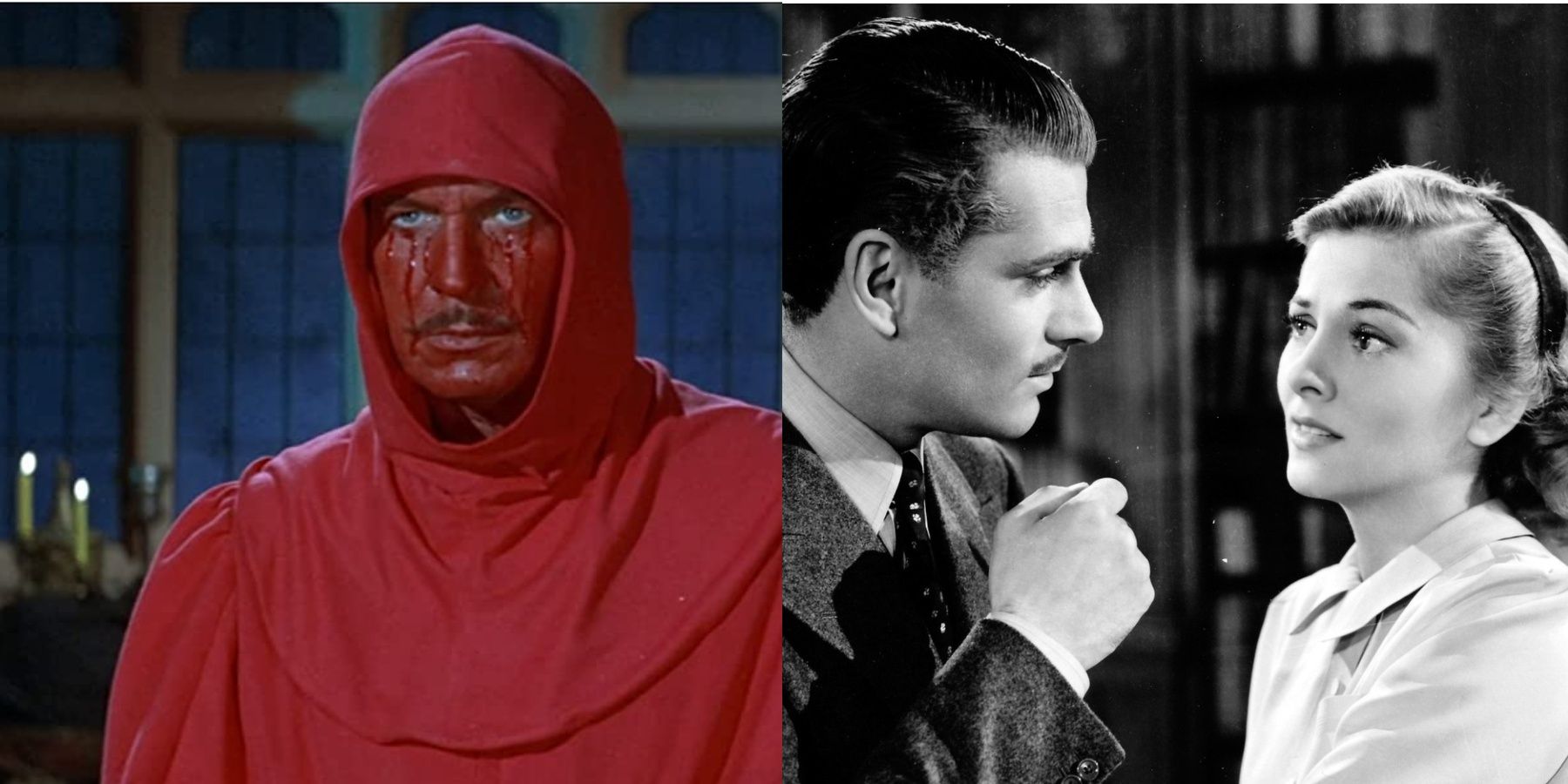
5 Best Movies Set In Gothic Castles
Who doesn't love a classic gothic castle as a movie set? The following iconic films brought their gothic castle sets to life.
However, Hammer had learned a lot from Dracula. A revival in the early 21st century saw the production company reinvent itself as it reminded everyone that its name stood for classic and new opportunities in horror and other genres. A change of ownership in 2023 has fans hoping that a new door is creaking open for this legendary name in horror cinema.
The Curse Of Frankenstein (1957)
The film that started it all by establishing Hammer’s horror brand in glorious Eastmancolor. A few limitations helped shape a new take on Mary Shelley’s 1818 novel and the horror of Frankenstein that’s appeared in countless movies. Universal Pictures kept tight control of the famous makeup used for its 1930 Frankenstein picture, so Hammer had to take a different approach.
The result shifted the emphasis onto the creator, starting a series that would see the hapless monster replaced in each film. The constant is Peter Cushing’s cold and sadistic Baron Frankenstein, one of the enduring mad scientists in horror.
- Available to stream at Apple TV Plus, and to rent at Prime Video, Google Play, YouTube, and Vudu
Quatermass And The Pit (1967)
Legendary screenwriter Nigel Kneale’s influential sci-fi helped invent popular television when the BBC live-broadcast The Quatermass Experiment in the early 1950s. Hammer snapped up the rights to the character and got the cerebral sci-fi just right with its third adaptation: a premier thriller in vivid color.
Andrew Keir took on the central role of space scientist Bernard Quatermass, who discovers that early human remains under London have a far older and extraterrestrial origin. It is a brilliant demonstration that Hammer isn’t all about gothic horror.
- Available to buy in Blu-ray at Amazon
Let Me In (2010)
Hammer swooped in to release this English-speaking remake just two years after the release of the Swedish original. Hammer hadn’t always been about Dracula, and Let Me In was a timely reminder that vampire stories can bring terror and romance to the screen.
The 1980s-set plot saw two young vampires drawn together in a creepy film that twists familiar coming-of-age tropes. It was a change of pace for Hammer, but its return to vampirism paid off when it picked up some of the best reviews in the genre that year.
- Available to stream on MAX and rent on Apple TV Plus
Frankenstein And The Monster From Hell (1974)
Hammer’s seven-film cycle of Frankenstein films ended 17 years after it started with this ridiculously titled installment. Satisfyingly, Baron Frankenstein ends up in a mental asylum, albeit as a doctor and, (un)naturally, using the available resources to continue his life’s work.
.jpg)
What’s The Best Frankenstein Movie?
The story of Frankenstein has been told on screen since 1910. Each film brings something unique, but which version is the definitive one?
Cushing’s Baron is at his calculated and cruel best, and while the monster’s hairy appearance is odd, future Darth Vader David Prowse makes a towering threat under the prosthetics. It's worth catching to see how epic sagas can conclude with a melancholy and chilling conclusion.
- Available to rent at Apple TV, Prime Video, Google Play, YouTube, and Vudu
Dracula: Prince Of Darkness (1966)
Christopher Lee took nearly a decade to return to the role of Dracula. He swooped back at the height of the Swinging Sixties as Hammer’s series diverged further from Bram Stoker’s source novel. Legendary nemesis Van Helsing was gone (apart from a thrilling recap of 1958’s Horror of Dracula) as Hammer established the format for the following films.
As a new set of unlucky blood donors steps into the kind of gothic castle that’s influenced multimedia, including many anime series, Prince of Darkness sets a template where the immortal bloodsucker is endlessly foiled and inevitably resurrected. It’s a luxurious example of Hammer’s vividly realized horror that confirms Lee’s portrayal as a feral hissing vampire hissing with bloodshot eyes.
- Available to buy in Blu-ray at Amazon
The Woman In Black (2012)
This adaptation of Susan Hill's supernatural tale is probably the most high-profile release of Hammer’s 21st-century revival and a perfect match for the production company’s legacy. Daniel Radcliffe left Harry Potter behind as Arthur Kipps, the widowed lawyer, dragged into the mystery of the ghostly Woman in Black in a marshland community of Edwardian England.
The result plays on Hammer’s past, drawing on the Dickensian traits of Hill’s novel and delivering shocks and scares aplenty. It had the chance to create a franchise worthy of Hammer’s past, but while the poorly received sequel stopped that in its tracks, the original is worth a look.
- Available to stream at Paramount Plus or rent at Apple TV
The Legend Of The 7 Golden Vampires (1974)
Hammer always sought new opportunities, including this co-production with Hong Kong’s Shaw Brothers Studios. It’s a martial arts mash-up that has fun showing what happens when vampires meet kung fu, proving crucifixes, stakes, and fire aren’t the only ways to dispense of the undead.
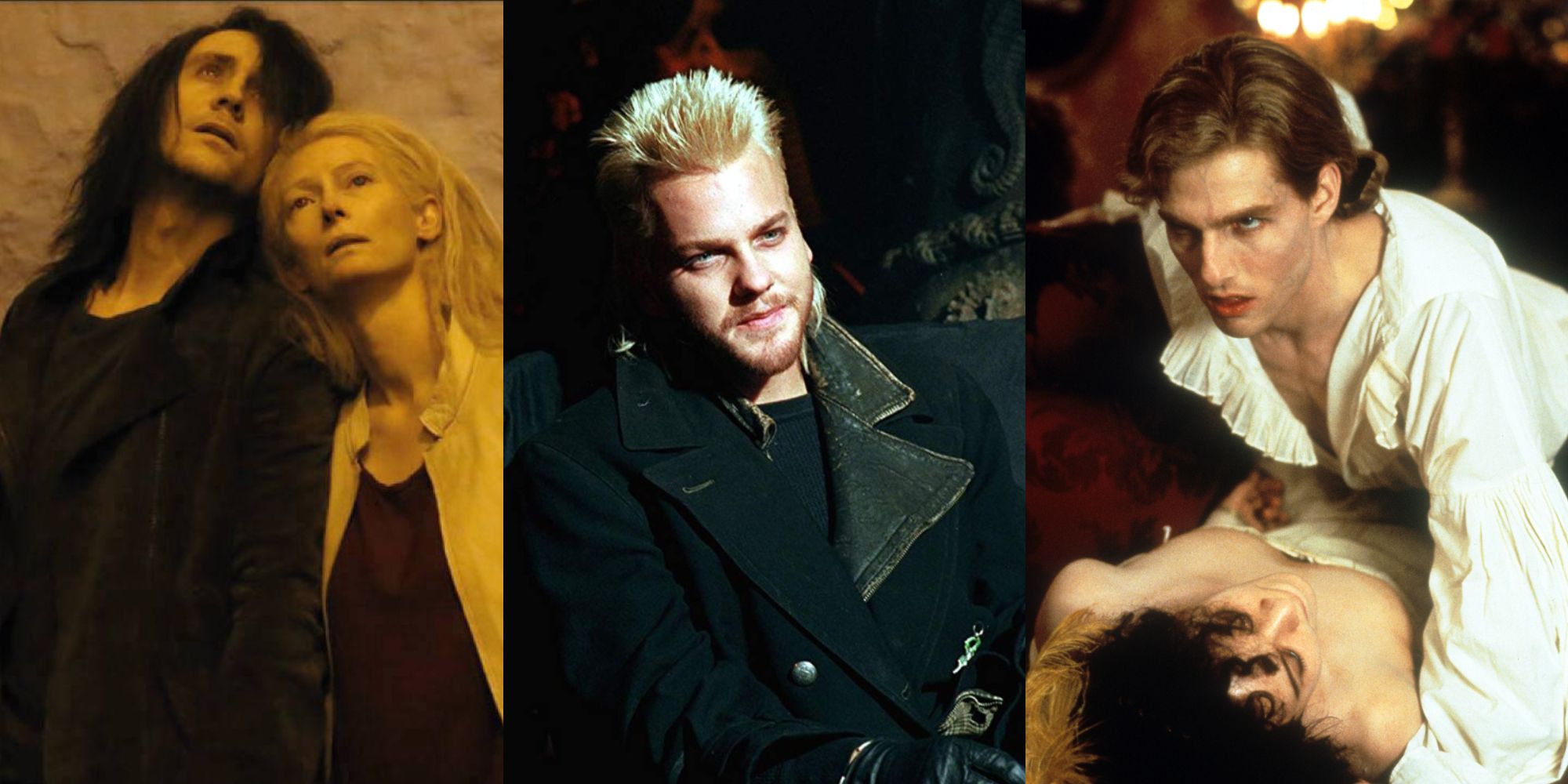
6 Movies Every Dracula Fan Should Watch
These movies are quintessential viewing for any fan of the Dracula mythos.
It’s not the Hammer’s greatest vampire film, and its failure at the box office summed up the production company’s 1970s struggle, but it’s fun to leap between vampire lore and boisterous action. Peter Cushing provides a crucial link to the past. Famous for playing some of the greatest characters in fiction, including Sherlock Holmes and Grand Moff Tarkin, Cushing’s portrayal of Baron Frankenstein and several generations of Van Helsing for Hammer are definitive.
- Available buy in Blu-ray at Amazon
One Million Years B.C. (1966)
This legendary fantasy adventure remains Hammer’s most famous non-horror film, although it packs plenty of tension into its 100-minute runtime. Playing like a light Romeo and Juliet romance, it abandons dialogue for prehistoric spectacle based on a simple premise: what if early humans co-existed with dinosaurs?
The scenery of the Canary Islands catches the eye, but it’s just there to support the incredible stop-motion effects of Ray Harryhausen, without which there may have never been a Jurassic Park. Despite the landscape and FX, it may be most famous for the image of Raquel Walsh as Loana of the Rock Tribe in what was called “mankind’s first bikini.”
- Available to buy in Blu-ray at Amazon
The Devil’s Bride (1968)
Known internationally as The Devil Rides Out, this is a well-regarded adaptation of Dennis Wheatley’s 1934 novel. It was a chance for Hammer to demonstrate their adaptation skills with a name other than Mary Shelly and Bram Stoker, and the result successfully broke the mold.
The Devil’s Bride’s ritualistic horror is a more serious production that cuts down the sex and violence seen in the studio’s earlier movies. Atmospheric and surprising, it’s probably Hammer’s most successful look at spirituality in its impressive horror catalog and stands as a great example of the occult in movies.
- Available to buy on DVD at Amazon
Taste The Blood Of Dracula (1970)
Hammer produced nine Dracula films, seven of which starred Christopher Lee as the infamous count. Taste the Blood of Dracula was the last set in the nineteenth century, before Hammer revived the bloodsucker in the 1970s, hoping to draw fresh blood into theaters.
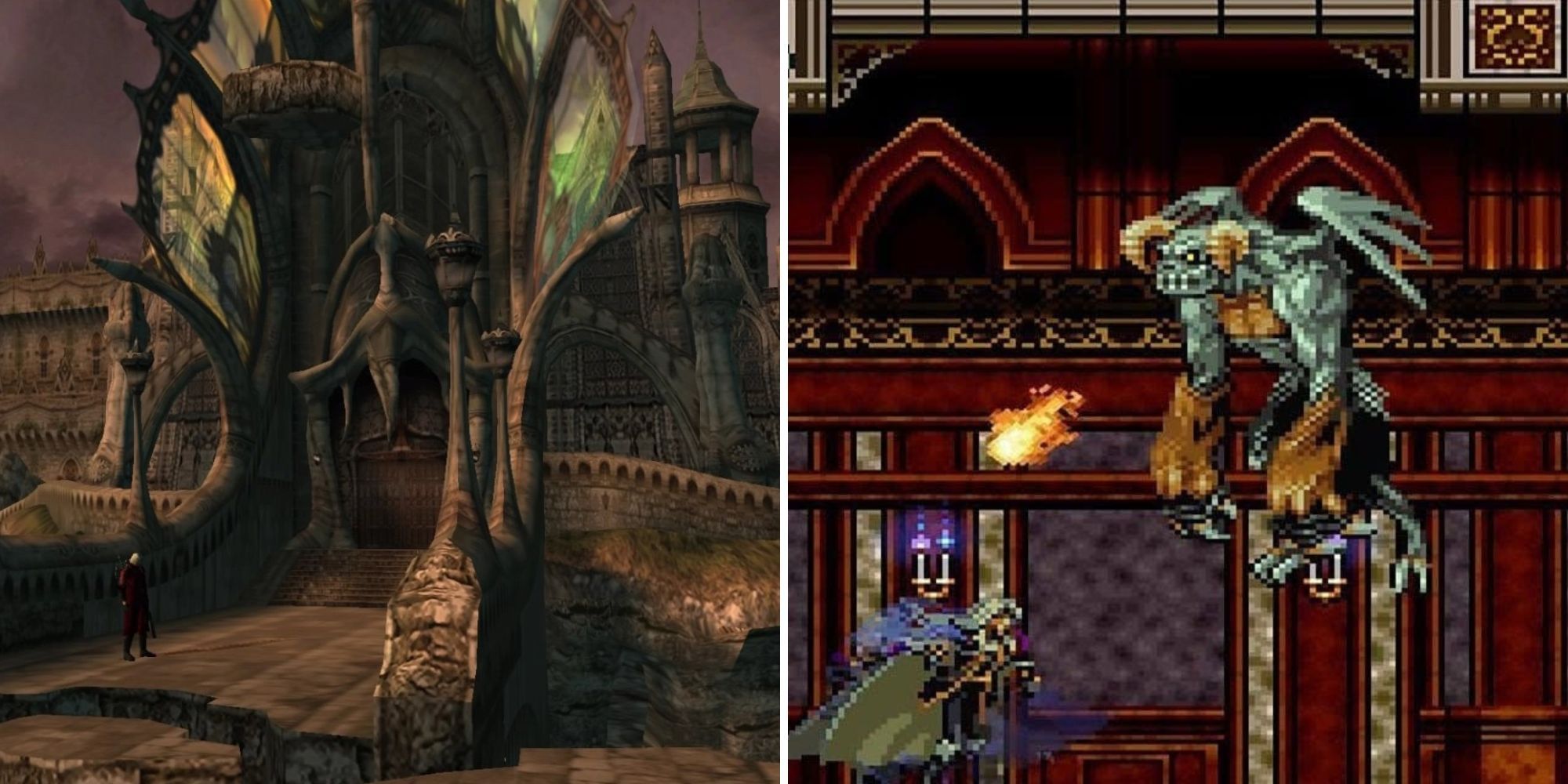
10 Best Games Set In Gothic Castles
Gothic castles are a great setting for video games, especially in the horror genre.
Before the time jump, Hammer pulled the action from Central Europe to East London, making it one of the more successful attempts to capture the brooding Victorian horror of Bram Stoker’s novel. Lurid, gory, and satisfyingly over-the-top, it’s a great reminder that Hammer is a master at finding new ways to tell familiar stories.
- Available to rent at Apple TV, Prime Video, Google Play, YouTube, Microsoft, and Vudu.

